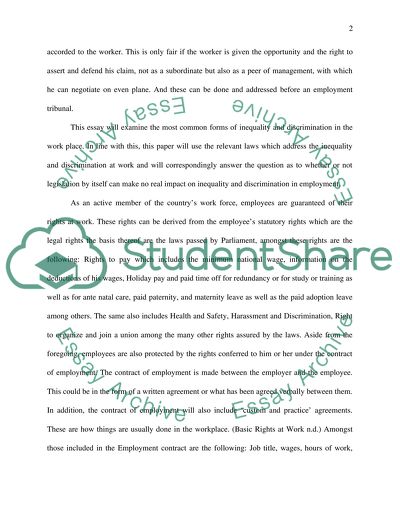Cite this document
(“Inequality and Discrimination in Employment Essay”, n.d.)
Inequality and Discrimination in Employment Essay. Retrieved from https://studentshare.org/sociology/1506767-inequality-and-discrimination-in-employment
Inequality and Discrimination in Employment Essay. Retrieved from https://studentshare.org/sociology/1506767-inequality-and-discrimination-in-employment
(Inequality and Discrimination in Employment Essay)
Inequality and Discrimination in Employment Essay. https://studentshare.org/sociology/1506767-inequality-and-discrimination-in-employment.
Inequality and Discrimination in Employment Essay. https://studentshare.org/sociology/1506767-inequality-and-discrimination-in-employment.
“Inequality and Discrimination in Employment Essay”, n.d. https://studentshare.org/sociology/1506767-inequality-and-discrimination-in-employment.


